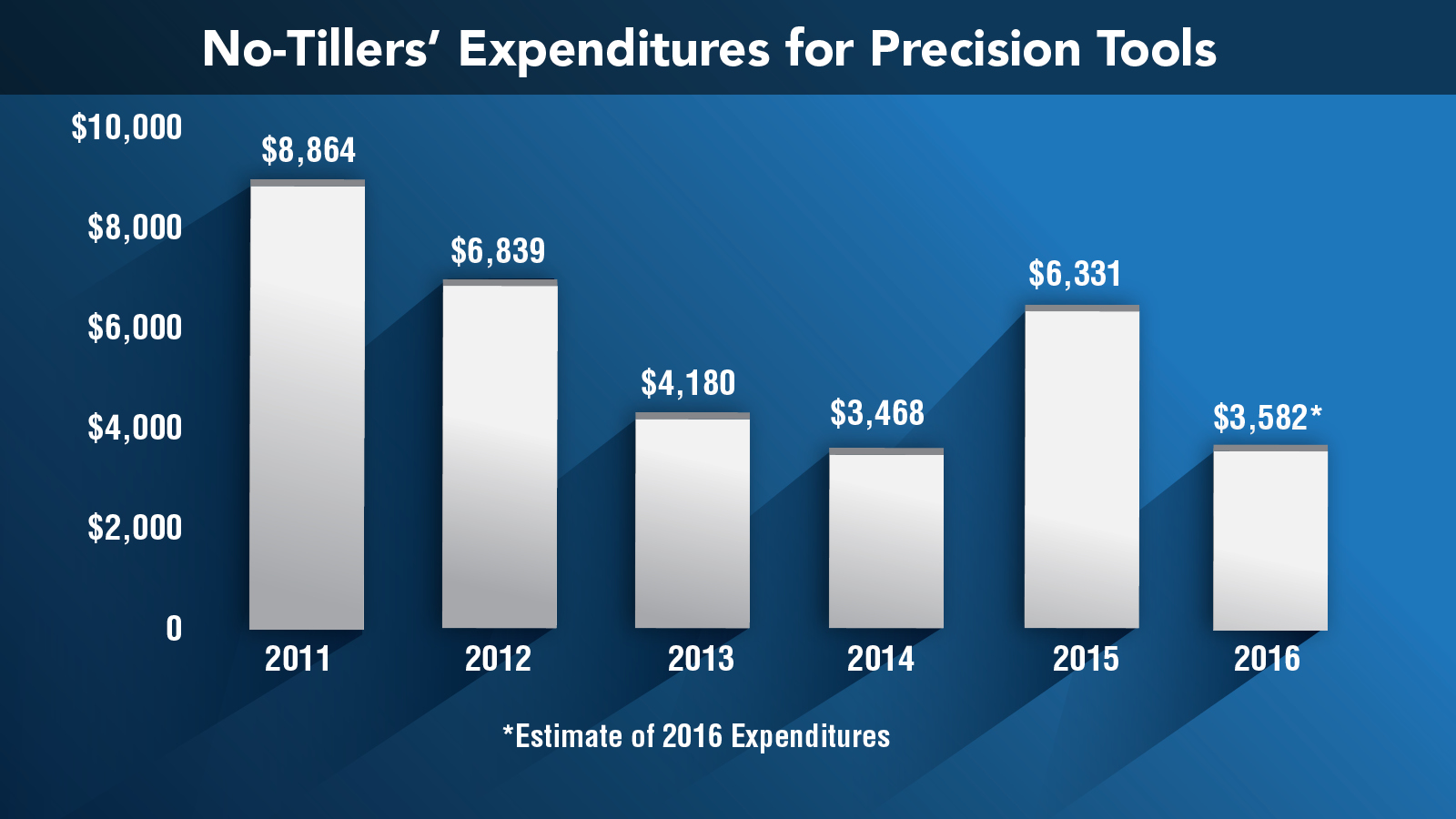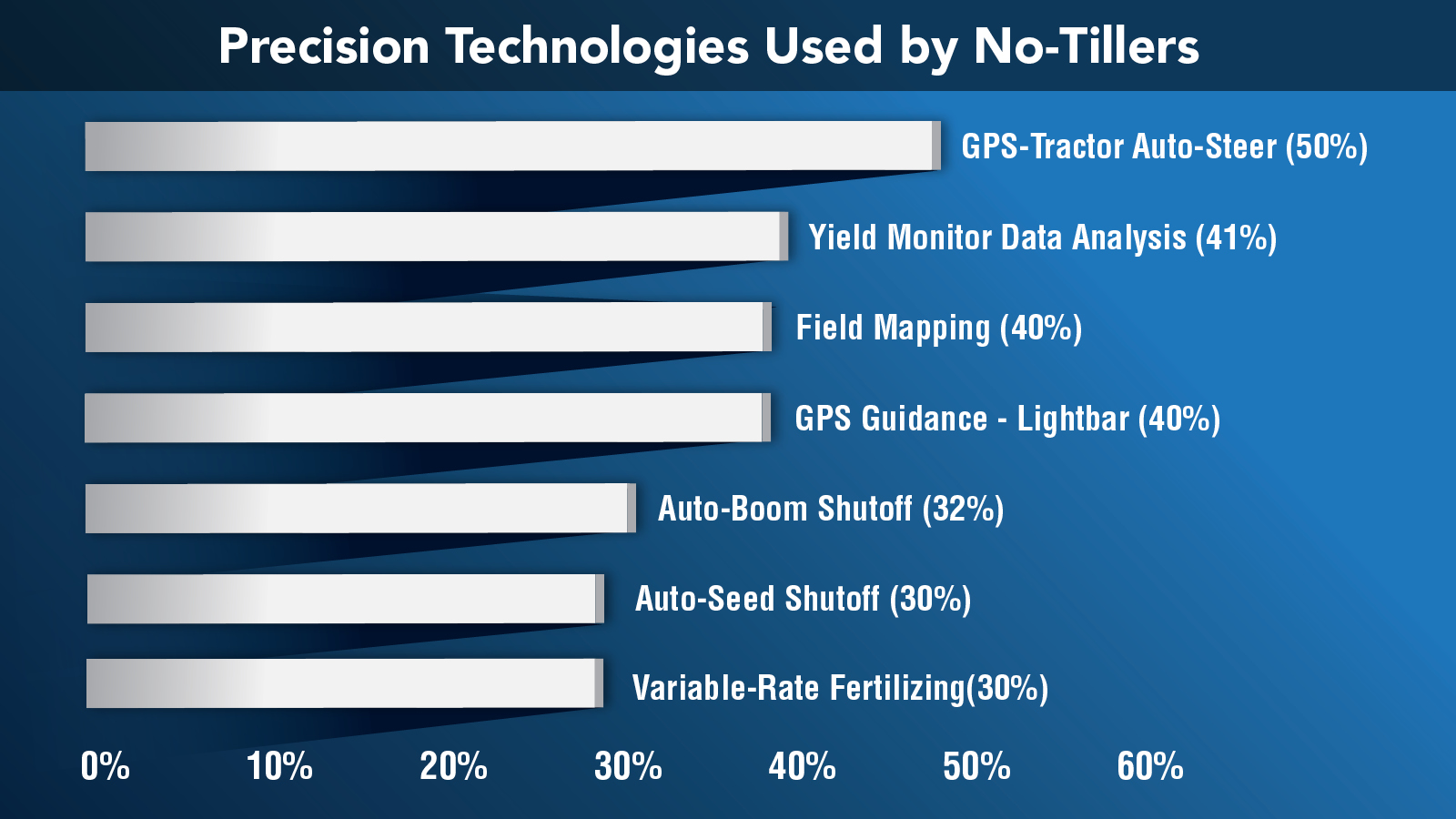Moving into the second quarter of 2016, many precision dealers are maintaining a conservative sales outlook for the foreseeable future. But there may be reason for optimism, based on the recent results of No-Till Farmer’s 8th annual Benchmark Study.
In this video, we take a closer look at some of the data from the report. You can also access the report here in No-Till Farmer's May 2016 edition of the Conservation Tillage Guide.
Watch the full episode of 'On The Record'
Video Transcript
Moving into the second quarter of 2016, many precision dealers are maintaining a conservative sales outlook for the foreseeable future. But there may be reason for optimism, based on the recent results of No-Till Farmer’s 8th annual Benchmark Study.
Respondents reported spending more than $6,300, or approximately $5.50 per acre on precision farming technology in 2015, nearly triple the $2,600 that no-tillers had initially forecasted in last year’s benchmark study.
The 2015 total also ended a 4-year downward trend in precision farming expenditures, which peaked at more than $8,800 per farm in 2011.

So was last year’s increase a sign of things to come, or a temporary rebound? That remains to be seen, as no-tillers are forecasting precision expenditures of about $3,500 or $3.13 per acre this year — well below 2015 totals, but on par with 2014 expenditures. In 2013, no-tillers estimated spending about $4,100 on precision farming equipment, well below the approximately $6,800 they invested in 2012.
Although overall spending on technology may be fluctuating, the percentage of no-tillers utilizing advanced precision systems remained largely unchanged year-over-year according to the 2016 No-Till Farmer study.
GPS and tractor auto-steer remained the most commonly used technology with 50% of no-tillers utilizing the systems. About 41% of no-tillers do yield monitor data analysis, followed by 40% who do field mapping and 40% who use lightbars for GPS guidance.

Two new categories added in 2016 round out the top 5, with 32% of no-tillers using auto-boom shutoffs and 30% utilizing auto-seed shutoff.
The biggest year-over-year increase came in the number of no-tillers using Unmanned Aerial Vehicles, doubling from 3% in 2015 to 6% this year.



![[Technology Corner] Autonomy & Robotics Take Center Stage](https://www.precisionfarmingdealer.com/ext/resources/2026/01/12/Autonomy--Robotics-Take-Center-Stage.webp?height=290&t=1768253759&width=400)


